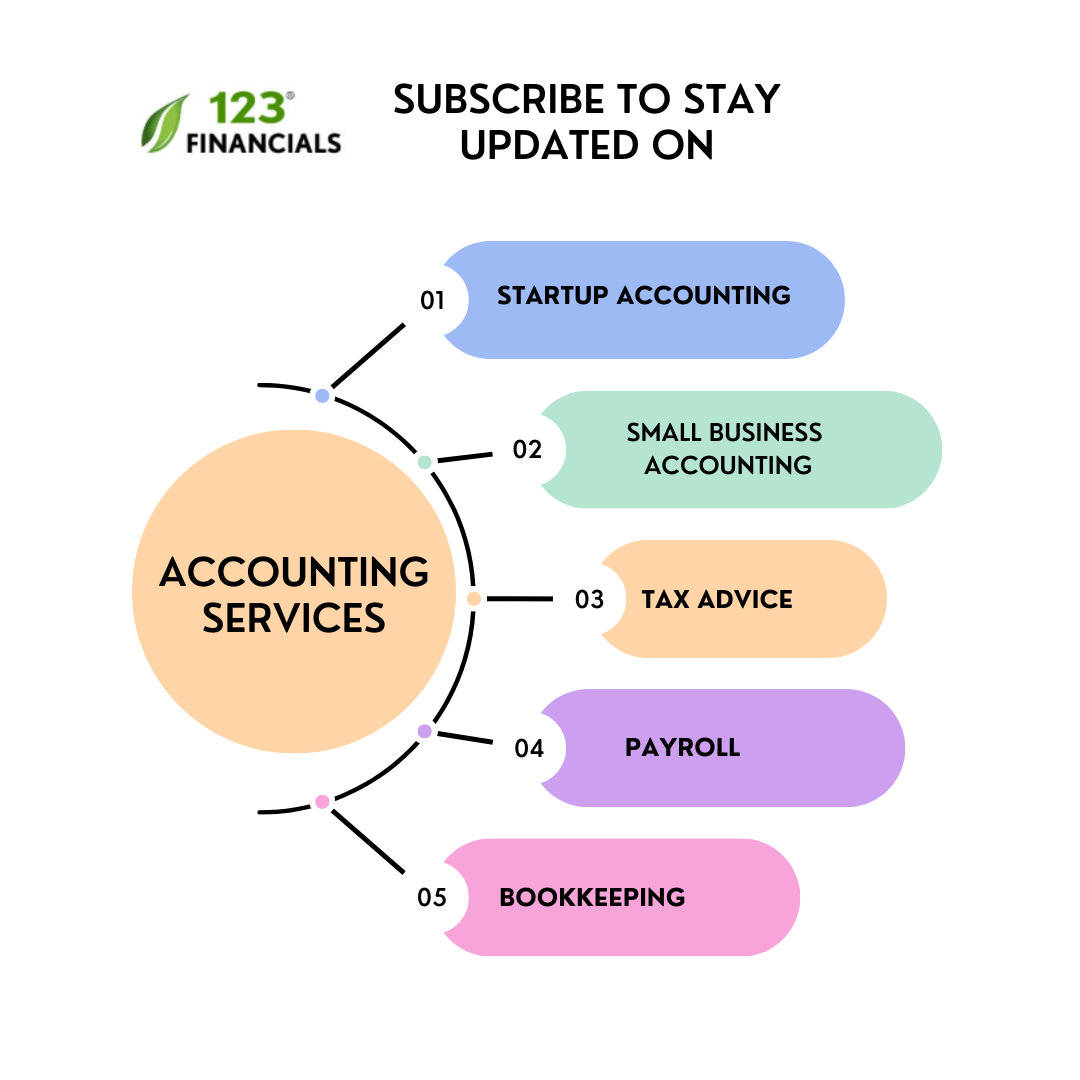Pitching a story to the media involves far more than simply emailing every contact in your database.
A powerful media pitch sets the stage for a business to differentiate itself from its competitors. Elements such as data visualisations and research done for the business can assist in creating an appealing story for the media.
Hire Small Business Accountant
Work with a UK-based accountant for tax, accounting, payroll, & EIS/ SEIS needs.
Regardless of the industry you’re in or indicate, understanding how to efficiently create a pitch for the media is the most essential step towards achieving a solid foundation in public relations. Here are some solid tips to assist you in developing your pitching skills for the media.
Table of contents
What is a media pitch?
A media pitch is a brief email or direct message sent to a journalist/editor at a publication, radio station, or broadcast network with the suggestion of a news item.
Creating coverage and ascertaining whether your media contact is keen on crafting a story around the content are the two main objectives of a pitch.
You have some pertinent story (for example, interesting data on your industry) worthy of attracting the interest of a prospective journalist, and you ask them (via email) if they are interested in publishing an article regarding it or highlighting it in their regular stories.
Tips to pitch your business to the media

1. Know your audience
Before crafting your pitch, dive deep into the audience demographics and interests of the media outlet you’re targeting. Consider the age, gender, location, and interests of their audience.
Tailoring your pitch to match these factors will significantly increase your chances of grabbing their attention and resonating with their audience. Remember, knowing your target audience is the foundation of a successful media pitch.
2. Ensure you’re pitching relevant media contacts
Before creating your media pitch, you need to first identify relevant media contacts to create a media list, which is a list of individuals who could be passionate about covering your story.
This can apply to influencers, bloggers, podcast hosts, social media stars on Linkedin, bloggers, and even PR professionals.
Example:
Suppose your company is small or new, and you are contacting publications like WIRED, Forbes, or the New York Times to introduce a new product.
In that case, you will discover that each reporter there specialises in a certain area, such as drones, smartphones, AI, or cloud computing. Rather than making a pitch to a tech writer, it is better to get in touch with the individual who writes about items similar to yours.
3. Be concise and clear
Media personalities read many pitches daily. This is why writing concisely is important while making a media pitch. Doing this increases the likelihood that your recipient will be selected since they can easily understand the goal of your communication and the value you provide.
If at all feasible, reduce your pitch to one to three paragraphs for readability, and be sure to utilise basic language to make your point apparent.
Not sure how to do? You can seek assistance from chat GPT, google Gemini or similar tools.
4. Use the subject line to get an advantage
Every day, media figures and journalists get a tonne of pitches. Ensure your email pitch has a compelling subject line when sending it.
Doing this lets you ensure a reporter opens your message and doesn’t consider it spam. You should choose a term in your subject line that sums up your message’s purpose, niche, and business.
5. Use bullet points
Using bullet points in your pitch helps to break up long text content and makes it easier to read. Use them to highlight attention to the most crucial details in your pitch.
Without bullet points, it would be challenging for the receiver to rapidly understand the email—which is especially important if they are pressed for time.
6. Focus on relationship building
Connecting with media contacts and journalists can be an important part of your PR plan. Participate in industry events, interact with journalists on social media, and respond to their questions.
Doing this will build credibility and trust and improve your chances of getting your story covered.
7. Deliver the pitch at the right time
In most cases, journalists are driven by deadlines. They have a specific “lead time.” It is the amount of time required to produce and distribute content. As soon as you can after getting in contact with a reporter, find out the corresponding lead time. This will assist you in guaranteeing optimum coverage by helping you deliver pitches at the appropriate moment.
Steer clear of pitching on the day that publication of the brand story is required. Consider sending pitches before the day of the product launch if you are worried about crucial brand info leaking before the launch.
8. Add call to action
A well-thought-out call to action is essential. Ideally, you should clarify your timing, explain why this story matters, and show how it is pertinent to your journalist’s readers.
9. Conclude your media pitch
Your conclusion should be a boiled-down overview of your pitch but conveyed reversely.
You can start by rephrasing your call to action innovatively and engagingly, providing any final pertinent information or links that the reporter might find helpful, and ending by expressing gratitude to your media contact for their invaluable time.
10. Following up is key to media pitching
Following up on the first email pitches is one of the most essential components of the puzzle. Most of your interest and responses will come from here, so set reminders to accomplish this.
To give the media contact enough time to read your follow-up emails and answer; if they intend to, it’s best to wait about a week before sending them out. A little earlier follow-up is acceptable if the report has a tight deadline.
Hire Small Business Accountant
Work with a UK-based accountant for tax, accounting, payroll, & EIS/ SEIS needs.
Final thoughts
Effectively pitching your company to the media is not just about getting coverage; it’s about developing lasting relationships. By following these tips, you can improve the possibility of successfully pitching your company to the media and getting valuable coverage.
Note that the foundation of any successful media relations strategy is relationship-building and offering true value.


















